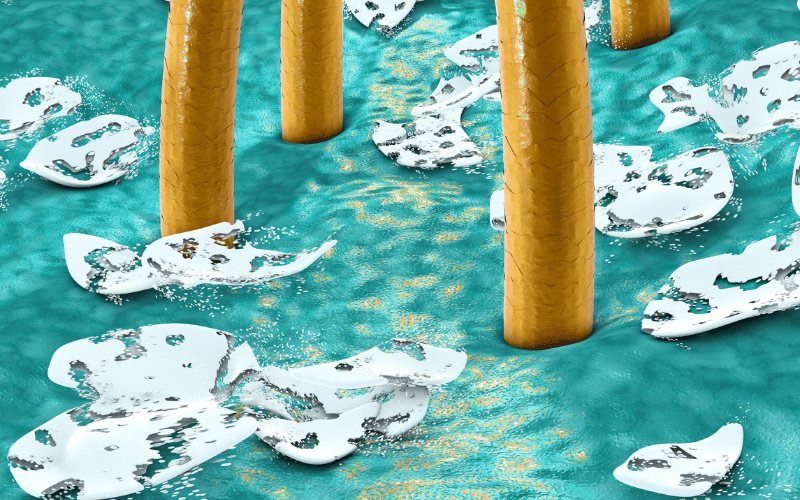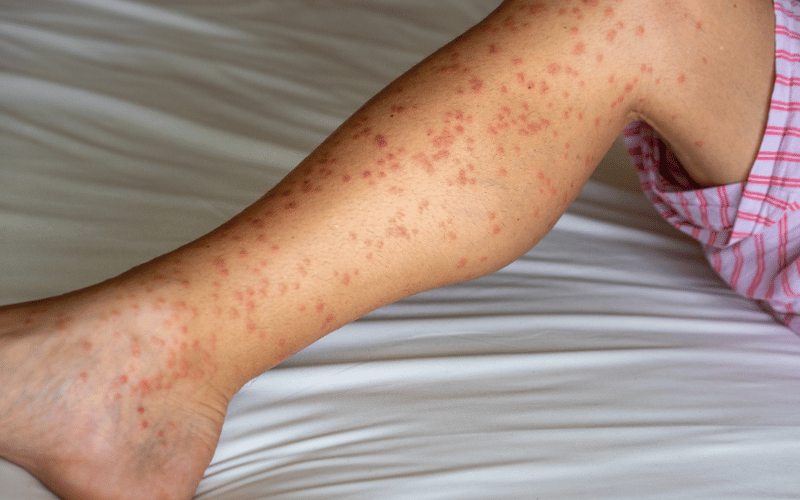Introduction: Pityriasis Lichenoides Chronica: More Than Just a Rash

Skimming through the myriad of skin conditions that one can encounter, Pityriasis Lichenoides Chronica, often abbreviated as PLC, might not be a name you hear every day. However, it’s a condition that has its distinct narrative in the realm of dermatology. Most of us, at some point, have woken up to a skin surprise – be it a rash, a bump, or an itch. Sometimes, these are fleeting moments of skin distress; at other times, they are telling signs of an underlying condition, such as PLC.
A person’s skin is like a canvas, reflecting both internal health and external factors. While an unexpected pimple or a mosquito bite can cause temporary alarm, conditions like PLC demand more attention. Not because they’re necessarily dangerous but due to their unique symptom profile that requires a discerning eye to identify. The journey of understanding PLC is akin to piecing together a puzzle – recognizing its distinct pieces (symptoms) can provide clarity about the bigger picture.
In the vast world of dermatology, PLC occupies a niche but significant space. It’s not as frequently discussed as, say, acne or eczema, but for those who experience it, the symptoms can be both puzzling and concerning. So, how does one differentiate between a harmless rash and the nuanced symptoms of PLC? The answer lies in information and awareness.
The purpose of this article is not just to inform but to empower. By delving into the top 10 symptoms of PLC, we aim to equip you with the knowledge you need. Knowledge that can guide personal observations, prompt timely consultations, and alleviate concerns by demystifying this condition. The journey with any skin condition starts with understanding, and with PLC, recognizing its top symptoms is the first, crucial step.
Symptom 1: Papular Eruptions: The Initial Indicators of PLC

Pityriasis Lichenoides Chronica is, first and foremost, identified by its characteristic skin eruptions. These aren’t your typical red bumps. They begin subtly, almost imperceptibly. Tiny raised patches, reddish-brown in color, gradually make their presence known on the skin.
While many rashes can be fleeting, the eruptions seen in PLC are persistent. They often evolve over time, sometimes crusting or scaling as they mature. It’s not unusual for an individual to notice these progressing over days or weeks, subtly changing their appearance.
Though the eruptions are widespread, they aren’t uniform. They can range in size and often group together, creating clusters that stand out against unaffected skin. It’s these clusters that often prompt a closer look, triggering curiosity or concern.
Skin sensations might accompany these eruptions. It’s not uncommon for someone with PLC to report itchiness, mild burning, or even a stinging sensation. The eruptions are more than visual indicators; they can be tactile reminders of the condition. (1)